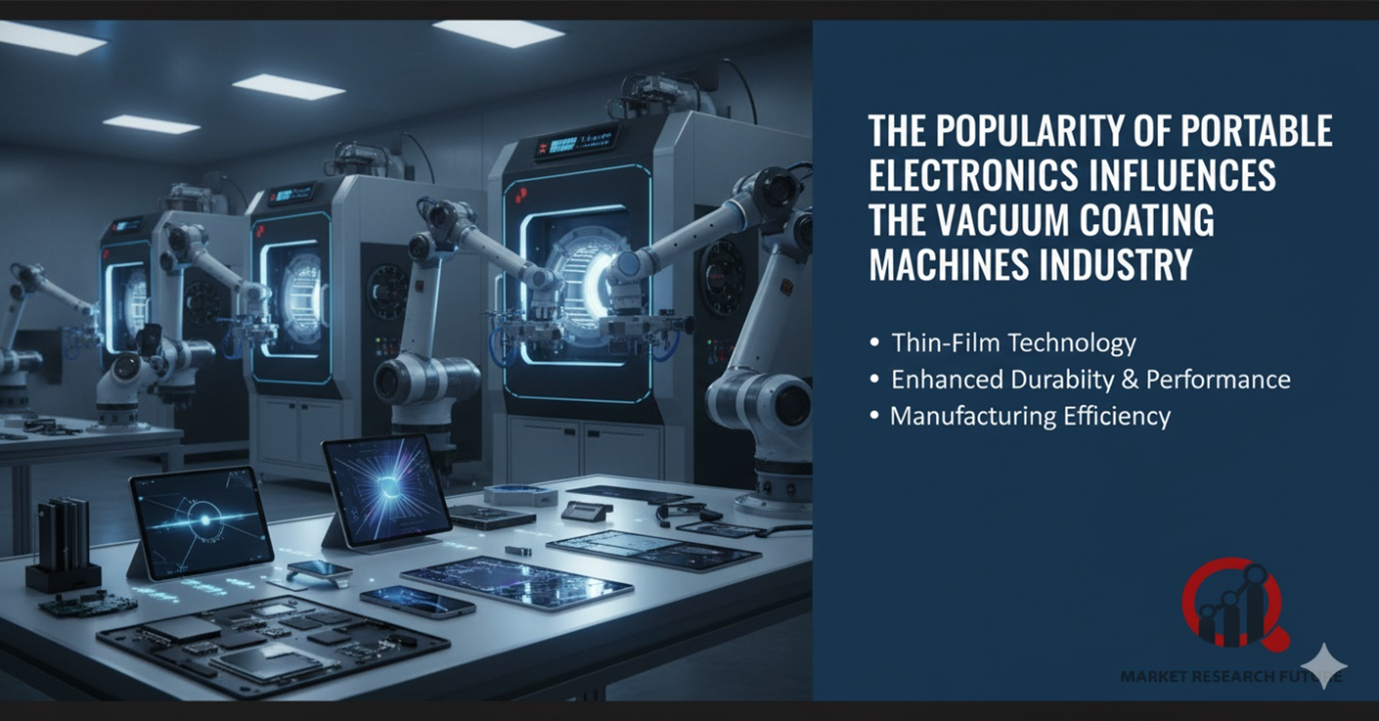The Popularity Of Portable Electronics Influences The Vacuum Coating Machines Industry

A Look at Vacuum Coating Machines
A vacuum coating machine is a high-tech tool that puts thin protective films on different materials in a high-vacuum environment. These coatings, which can be made of metals, plastics, or other materials, make things last longer, look better, and keep surfaces from getting worn down or corroded. Heating coating materials in a vacuum until they evaporate and form even layers on the substrate is part of the process. This technology makes sure that the finishes are precise, consistent, and of high quality, which are all important for industries like electronics, solar energy, and car manufacturing.
Things that are making the industry grow
One of the main reasons why vacuum coating machines are in such high demand is that portable electronics like smartphones, tablets, and wearables are becoming more popular. As consumer electronics get thinner, stronger, and more energy-efficient, manufacturers use advanced coatings to make them look better and work better. Also, stricter rules about safety and the environment are pushing businesses to use eco-friendly coating methods that cut down on harmful emissions.
The future of the industry is also being shaped by partnerships and collaborations. Top companies are reaching more people and coming up with new ways to coat a wide range of materials, including metal, glass, and plastic. Because they are so flexible and can be automated, these machines are now used in many industries, such as making furniture, flooring, and consumer goods.
Benefits and advancements in technology
Modern vacuum coating machines have control systems that are easy to use, production cycles that are faster, and high pumping efficiency. Compared to older methods like electroplating, this one gives you more color options, better metallic finishes, and materials that work better together. Coatings can even make things look semi-transparent, which makes them great for both looks and function.
End
Vacuum coating machines are becoming more important in many fields because of the rise of portable electronics and innovations that focus on sustainability. Their ability to provide accuracy, beauty, and environmentally friendly performance marks a new era in modern surface engineering.

Leave a Comment